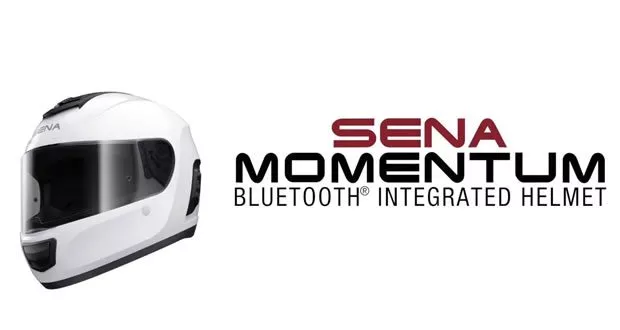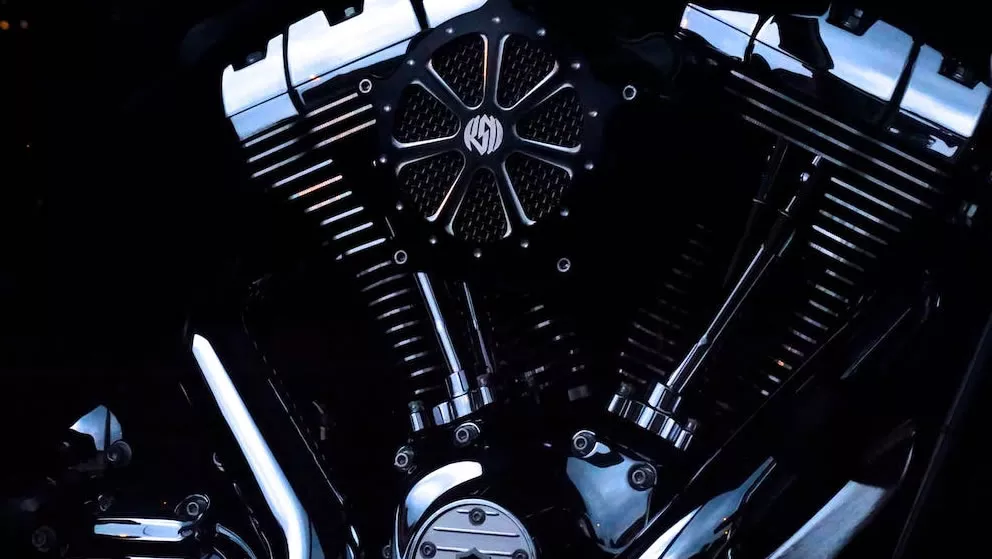If you think you’re ready to take on the modern world of motorcycle helmetry, you may want to consider exploring Bluetooth helmets. These bad boys offer incredible technology that place emphasis not just on safety but on the actual ride itself as well as optimal communication with your dudes.
Here are some things for you to consider before making a final decision on a Bluetooth helmet:
1. Prioritize safety over everything else.
Even when it comes to technologically-advanced motorcycle helmets, the most important aspect of helmet hands-down is its level of safety.
When pondering on the safety of any helmet, ask yourself these questions:
- What material is it made out of?
- Depending on the style of helmet (e.g., full face, open face, etc.), what type of ride is it best for safety-wise?
- Did the manufacturer gyp out on safety features to accommodate technology?
- What do others have to say about the material, maintenance, and the like of this helmet (check reviews)?
If safety isn’t at least a major component of any given Bluetooth helmet, look around some more. When it comes to saving your life, you can’t go lenient on quality.
2. Consider the size of the motorcycle helmet.
This next tip still ties in with safety but tends to be overlooked. All motorcyclists know that no two helmets are exactly alike, but these differences are more important than one could imagine.
If you come across a helmet that is too small or too large for your head, imagine the safety issues that could come out of this.
Don’t just go for a helmet because it looks dope. If it doesn’t fit, it ain’t sh*t. Don’t chance it.
If too small, it might…
- get stuck – especially if wearing gear underneath or if there is swelling involved during an accident.
- cause pain, discomfort, or headaches.
- increase your risk of passing out due to cutting off your circulation.
- leave marks on your face after taking it off after a long ride (attractive).
If too large, it might…
- pop off or rotate during a collision or major bump.
- cause a greater impact if you hit your head if there’s too much space and not enough cushion to protect your head in place.
- slide around and cause irritation.
- may slip backwards, causing both safety problems and annoyance while riding.
If you have a right-sized helmet, it should be on the tighter side when trying it on at the shop but not cause pressure. Ensuring it’s not too loose, try twisting your helmet around. If it twists, it doesn’t fit.
Consider different styles of Bluetooth helmets as well. A full-face helmet may not fit your head/face the way a half-shell might.
If you aren’t sure what size and style are best suited for your noggin, ask an employee for help. Your best bet is to check with the return/exchange policy as well to make sure you can return or switch your helmet if it ends up being the wrong size.
3. Decide if the technology equipped in your helmet is fit for your needs.
So, now coming to the actual technological component of Bluetooth helmets, this is also important to weigh in when shopping around, but let me recap that safety and size of your helmet are the most integral components.
But since we are looking for a Bluetooth helmet here, we aren’t ignoring the tech at hand. So, what do you look for?
Consider the following:
- Do you want a Bluetooth-ready or Bluetooth-integrated helmet? (They differ drastically. Not sure what the difference is? Find out here.)
- What features do you want/need in your helmet, and which can you do without?
- What are you hoping to get the most from your Bluetooth helmet (e.g., music-sharing, communication with other bikers, etc.)?
- How long will the helmet last before requiring a charge?
- Does/has the helmet ever had any technical difficulties for other riders (check reviews).
As a bottom line, the technology should be suitable for your needs, long-lasting before needing a charge, and should be as hassle-free as possible in terms of lack of technology problems.
So basically, this is the area that you may spend the most time in when finding that perfect Bluetooth helmet.
If you’re not sure where to start, you may want to take a look at the most popular Bluetooth helmets on the market right now. These popular models have the essentials plus more and are the most trusted, up-to-date, and advanced yet.
4. Make sure it has the user-friendliness you require.
User-friendliness is another big one. This is pertaining to the technology of your Bluetooth helmet. The main question is, will your helmet be convenient and easy for you to use, or will it take months just to get the technological features down?
If possible, try to find a video online of an unboxing of the Bluetooth helmet you’re pondering on or a review/how-go guide explaining how to use your new (or soon-to-be new) helmet.
If you’re lucky, some shops may even allow you to play around with the technology before pulling out your wallet and making that big commitment.
However, if one of your buds already has a Bluetooth helmet, consider asking them to try it out for yourself.
The reason user-friendliness is so important is, of course, because you want to get the most out of your own helmet. Good technology means nothing if you don’t know how to use it!
5. Ensure your Bluetooth helmet is in your price range with consideration for how much you plan to use it.
Now that you’ve got all the good stuff down, let’s talk price. How much are you willing to spend for a Bluetooth motorcycle helmet or a helmet at all, for that matter?
Keep in mind that buying a decent Bluetooth helmet isn’t going to be as affordable as purchasing an average helmet without such features – but hey, more features = worth more money.
For a Bluetooth helmet, we’re talking an average of about $150 to $200 whereas a decent, non-Bluetooth helmet can be around $40. Then again, some spend $120+ for a higher-end, non-Bluetooth helmet, so you technically are getting a good deal going Bluetooth.
If you’re hoping to go cheaper, you can still opt for Bluetooth communication systems and other technology to pair with your ride (without the helmet component) – but nothing is compared to an actual Bluetooth helmet.

Get the best of bikerMetric directly in your inbox, once a week, every week.
[wysija_form id="1"]
 bikerMetric custom metric bobbers, choppers, and cafe racers by honda, yamaha, kawaski, and suzuki
bikerMetric custom metric bobbers, choppers, and cafe racers by honda, yamaha, kawaski, and suzuki




